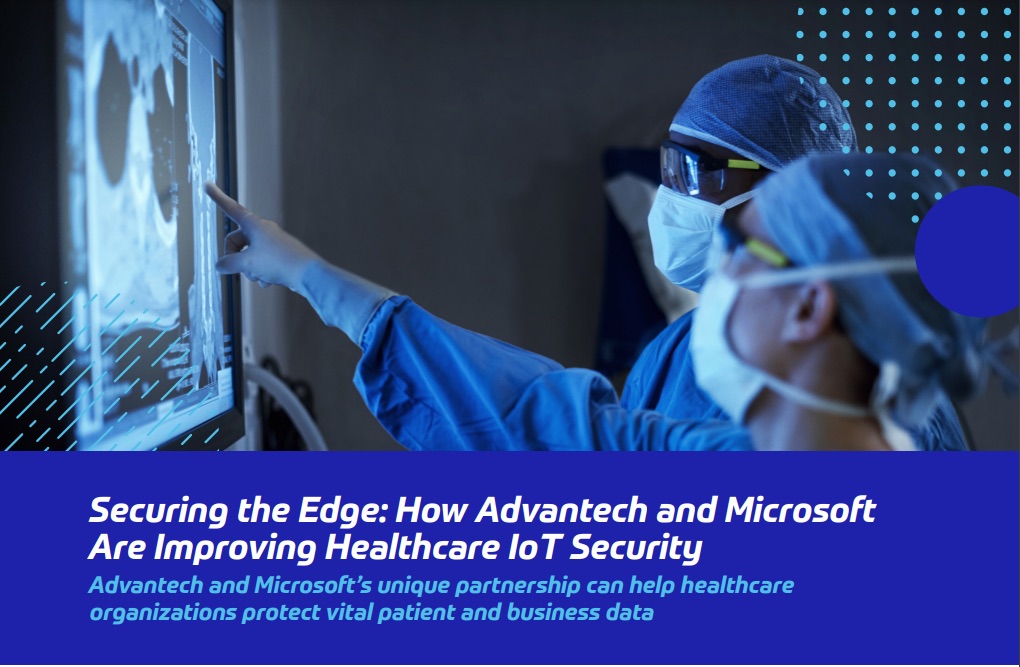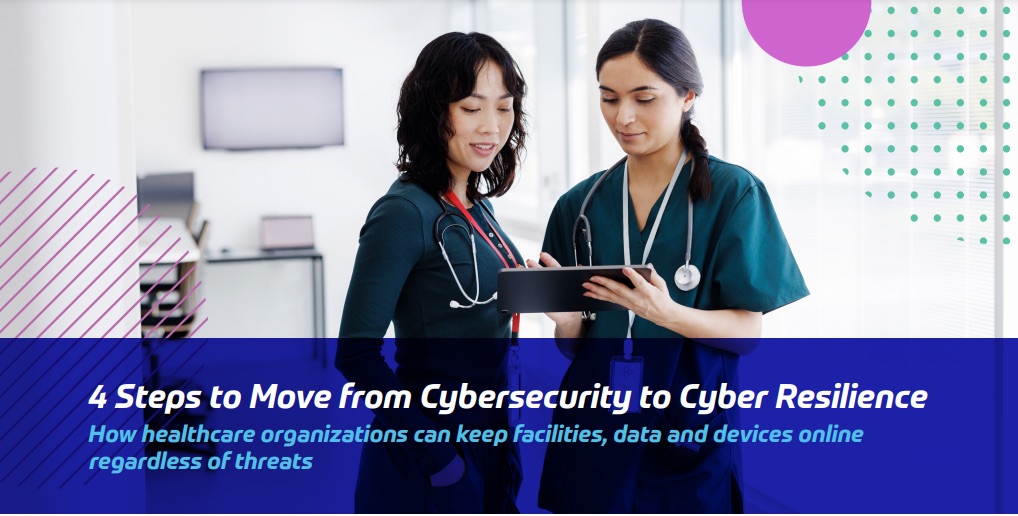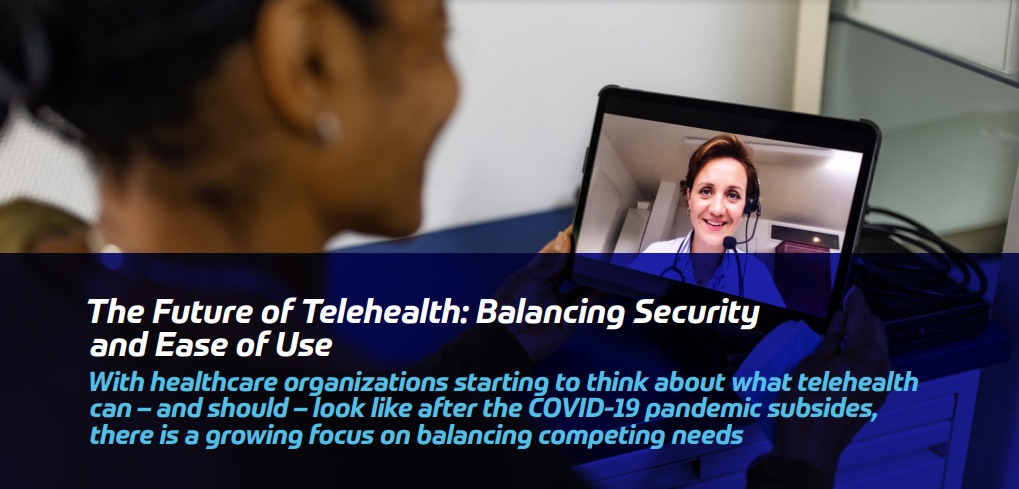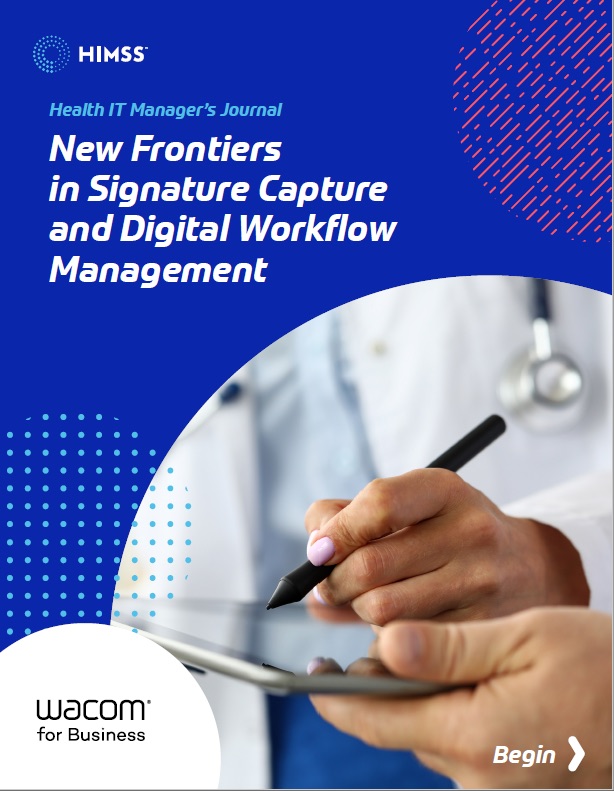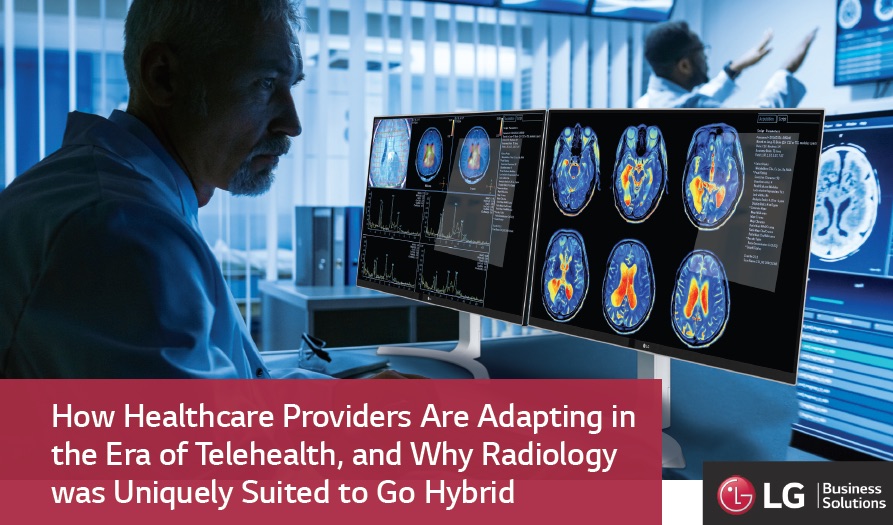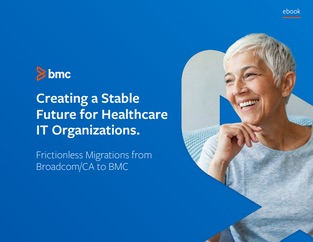White Papers
Many health systems of all types and sizes are expanding their use of Internet of Things (IoT) devices and harnessing the data from those devices to increase efficiency and improve patient outcomes. However, these new devices are vulnerable to cyberattack, creating a much greater attack surface for the organizations that use them. That’s why it’s vital for providers to work with vendor partners like Advantech who can help provide a secure framework to support IoT use. As a Microsoft Windows IoT Distributor and Cloud Services Provider (CSP), Advantech can help healthcare organizations implement the best combination of custom and off-the-shelf hardware with Windows software to protect their individual IoT ecosystem from the edge to the cloud.
The evolving healthcare industry requires new payer value propositions — but legacy systems can slow down the digital initiatives that improve business opportunities and patient experiences. With Cognizant’s® TriZetto® Healthcare Products, technology and consulting resources, providers and payers can streamline operations and accelerate time to market. Our TriZetto solutions support healthcare organizations in achieving long-term business goals and improving care and outcomes for patients.
As the number and severity of cyberattacks, including ransomware attacks, increase, many healthcare organisations are realising that they need to not only protect against cyberattacks, but also to plan for cyber resilience – being able to recover quickly and remain operational in case of an attack. Creating a more cyber-aware organisation starts with a strong cybersecurity culture including ongoing training of all personnel, from the front lines on up to the C-suite. Alcatel-Lucent Enterprise outlines four steps that healthcare providers can take to improve their cyber incident recovery times and create more threat-resistant IT networks and systems.
The COVID-19 pandemic accelerated the adoption of telehealth technologies. As noted in the recent HIMSS Market Intelligence report, Future of Telehealth: Post-Pandemic Expectations, providers and patients have differing opinions on telehealth’s value and ease of use. Telehealth’s future depends on balancing the needs and expectations of both patients and providers.
When healthcare organizations (HCOs) digitize signature capture and patient consent during patient registration, they can save significant time and money. By transitioning away from paper forms, HCOs can streamline essential data capture workflows, saving patients of all ages and abilities valuable time while decreasing frustration and the possibility of errors. However, not all electronic signature and digital consent tools are created equal. The right tools can provide patients with vital information and support, improving the patient experience at every step along their journey. Investing in tried-and-tested digital consent and electronic signature technologies like Wacom’s can help HCOs streamline their many essential intake workflows and give them the added protection of creating legally binding signatures.
How healthcare providers are adapting in the era of telehealth, and why radiology was uniquely suit…
The shifts in healthcare delivery brought about by the COVID-19 pandemic, including remote work and the growing use of telehealth, are likely here to stay. Healthcare organizations now have a unique opportunity to improve experiences for both patients and practitioners. This includes supporting remote clinicians with advanced technology and familiarizing them with hybrid care delivery models so they can provide the same high-quality patient care both remotely and on-site. Radiology is a medical field uniquely qualified to adopt a hybrid form of education and service; however, remote radiology requires that radiologists have access to the same level of technology in their home offices as they would in a hospital setting. As hybrid radiology becomes more common, technology companies and healthcare organizations must work together to ensure that remote and on-person radiologists, as well as students and educators, have the tools necessary to succeed.
The research is clear: DevOps helps organizations increase development speed and quality, reduce cost, and drive innovation. And that’s as true for the mainframe as any other platform. Read this ebook to learn how organizations are breaking barriers and silos to integrate the mainframe into their enterprise DevOps strategy.
Your business should not be at the mercy of any single vendor leveraging an “all of nothing” bundled contract approach. As part of your migration plan, BMC will recommend the right approach for your specific business. Get started with this guide.
DevOps and building CI/CD pipelines isn’t just for distributed applications anymore. In this ebook, you’ll learn how automated development tools are helping mainframe developers meet the urgent need to innovate, increase velocity, and elevate quality—so your back-end workhorse keeps pace with front-end digital transformation.
EHR deployment in the cloud can help HCOs shift their resources from managing IT infrastructure to improving care coordination, revenue cycle management and patient outcomes.
